Millions of people across South and Southeast Asia grappled with scorching temperatures on Thursday (25th April), with the Thai government reporting at least 30 heatstroke-related fatalities this year. A wave of exceptionally hot weather has engulfed the region, leading to widespread disruptions, including the suspension of in-person classes in thousands of schools across the Philippines.
In India, an election campaign event witnessed a minister fainting due to the intense heat, prompting concerns about severe heatwave conditions forecasted in nine states in the coming days. Even mountainous Nepal issued health warnings and placed hospitals on alert as temperatures soared in its southern plains.
The heat index, which accounts for humidity and other factors, reached "extremely dangerous" levels in Bangkok, prompting city authorities to issue warnings. Similar conditions prevailed in Udon Thani province, with health officials urging vulnerable individuals to stay indoors and stay hydrated.
The Philippines' state weather service warned of heat indices in the "danger" zone in multiple cities, cautioning against heat-related illnesses. India, amidst its election season, grapples with reviewing the impact of heatwaves on voting procedures while ensuring voter participation.
In Nepal, preparations are underway to address potential health crises as temperatures soar above 40 degrees Celsius in certain regions. Reports of wildfires and increasing incidences of heat-related illnesses highlight the severity of the situation.
The heatwave, exacerbated by the El Nino weather pattern, has intensified conditions across the region. Last year witnessed record levels of heat stress globally, with Asia experiencing rapid warming trends, as reported by the United Nations weather and climate agency.
Thailand, in particular, has been sweltering under extreme temperatures, nearing national records, while neighboring Myanmar faces similar challenges amidst political turmoil and power blackouts.





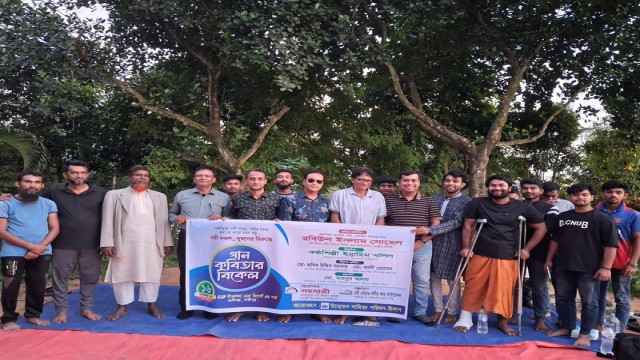
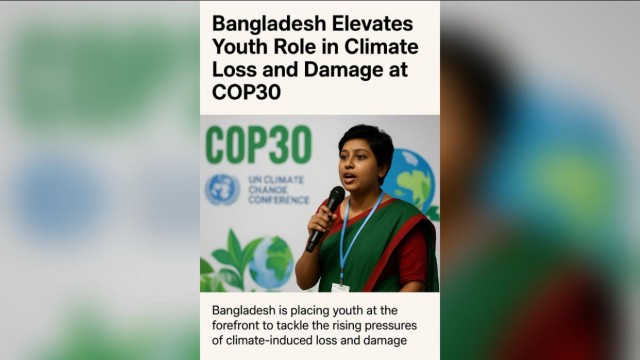
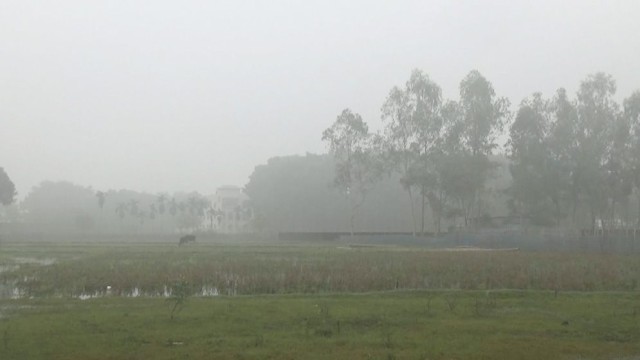
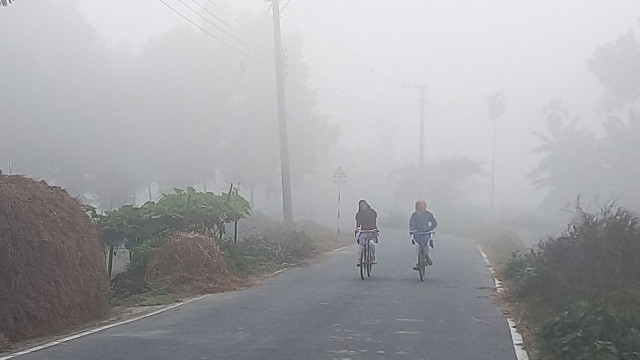
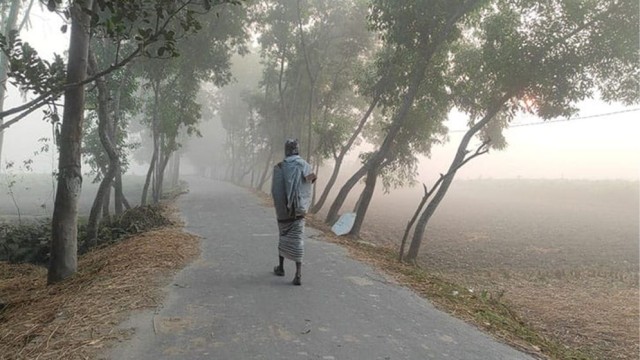
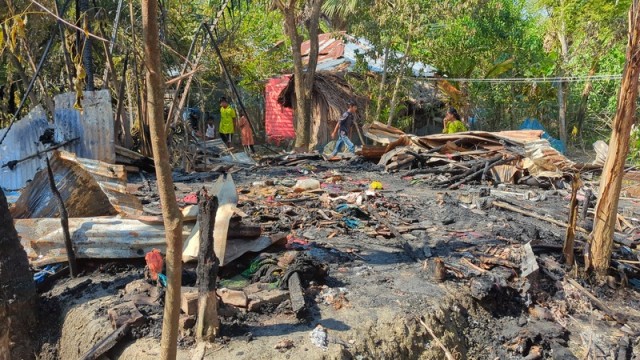


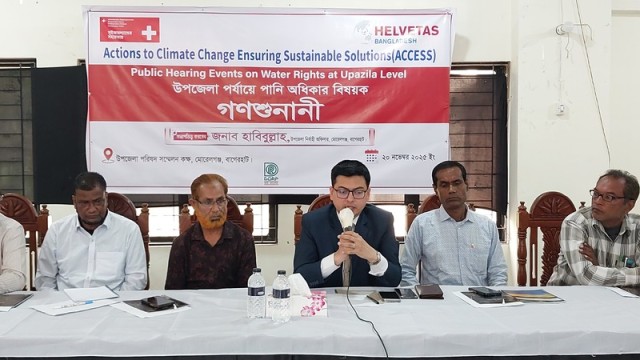
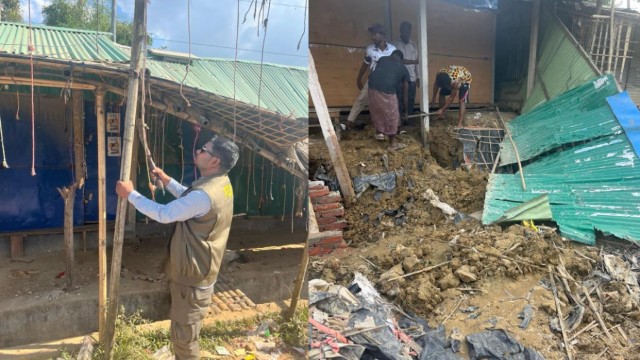
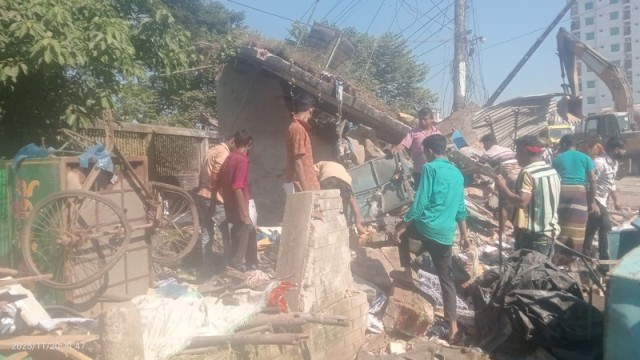
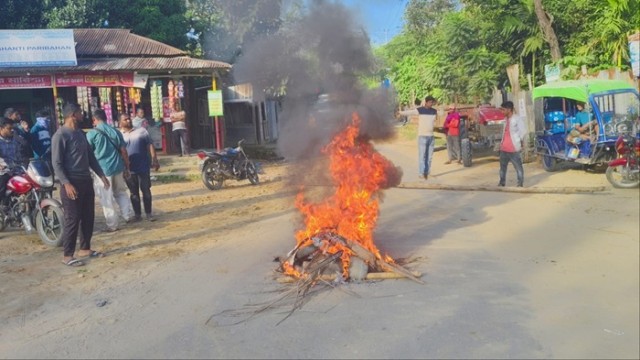
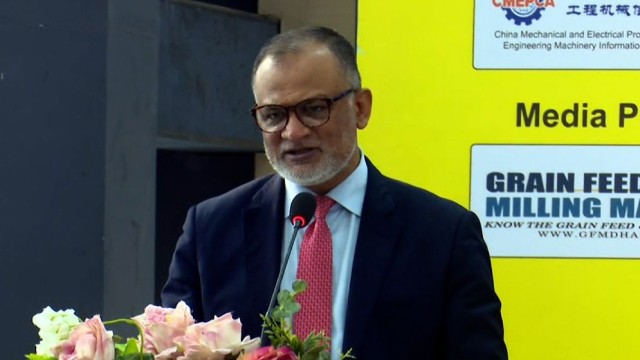
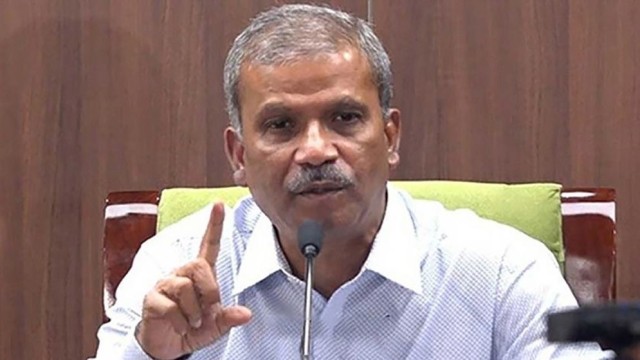


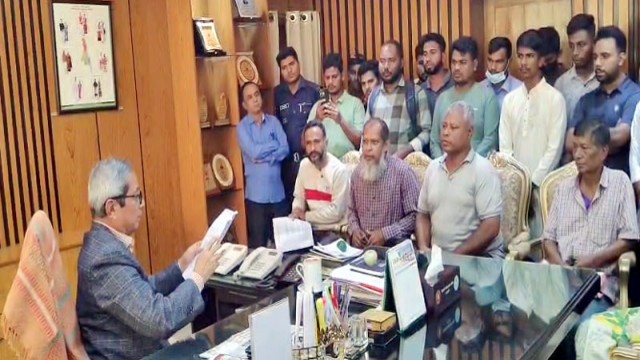
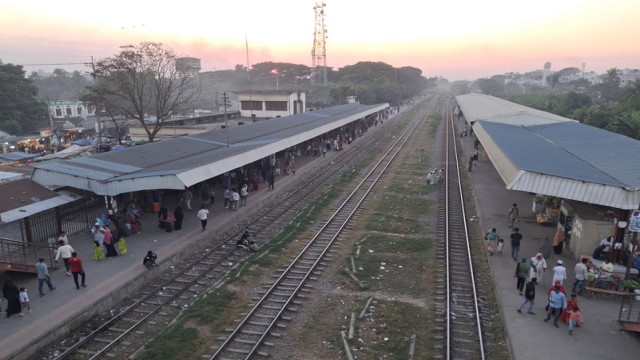

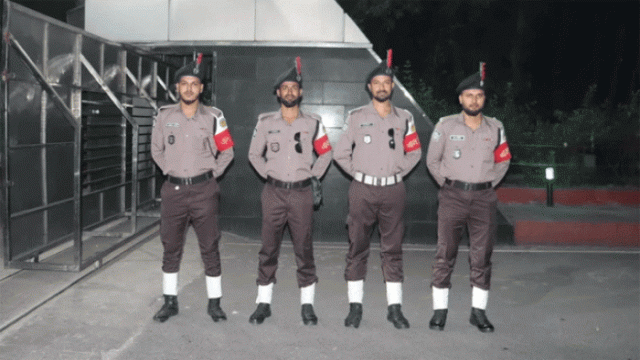
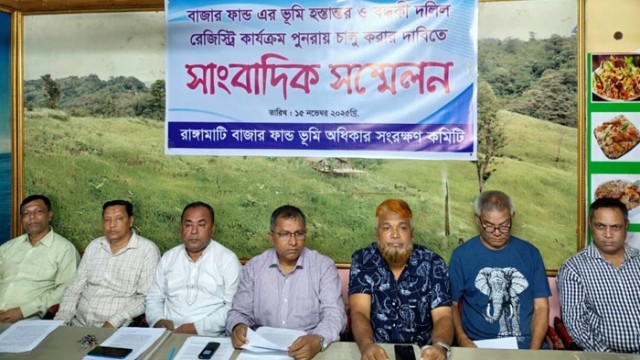
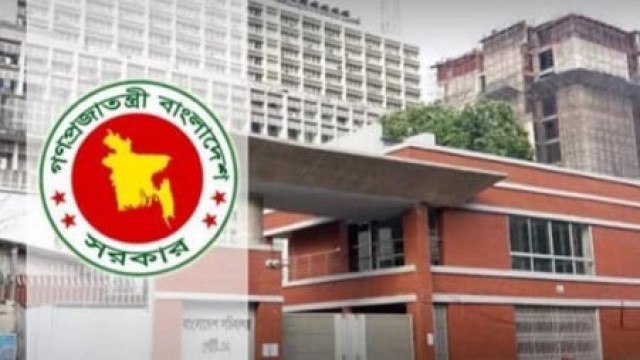
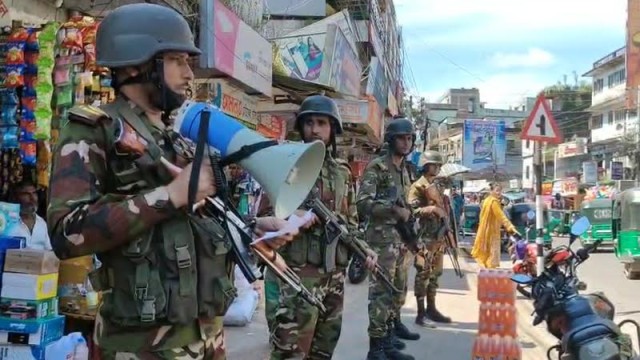
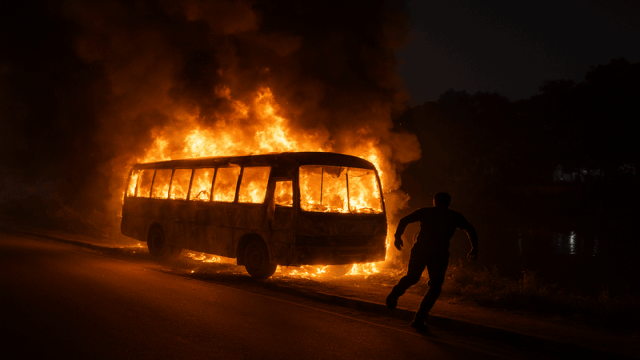


Comment: